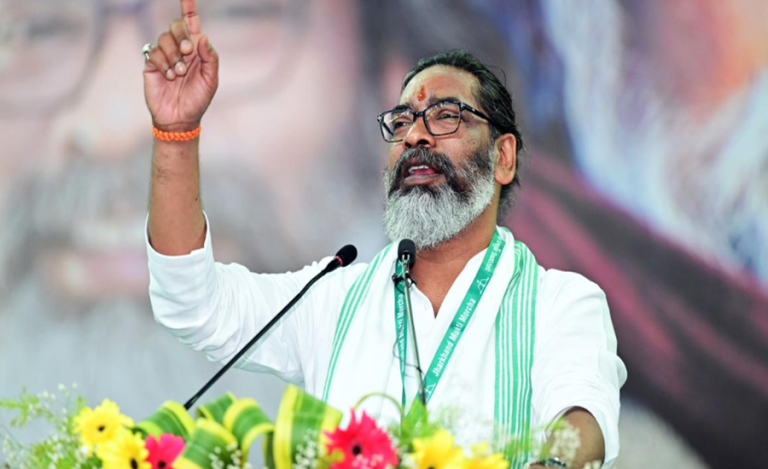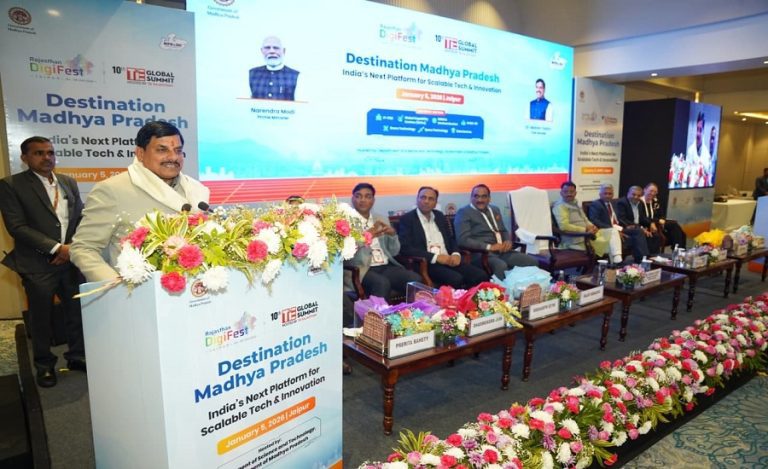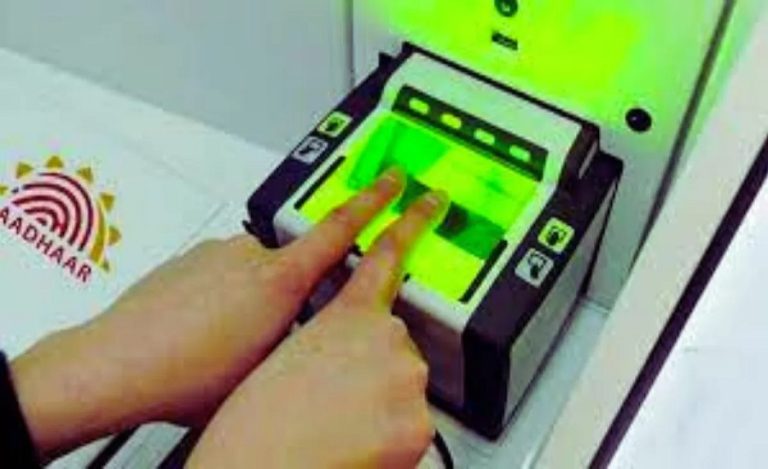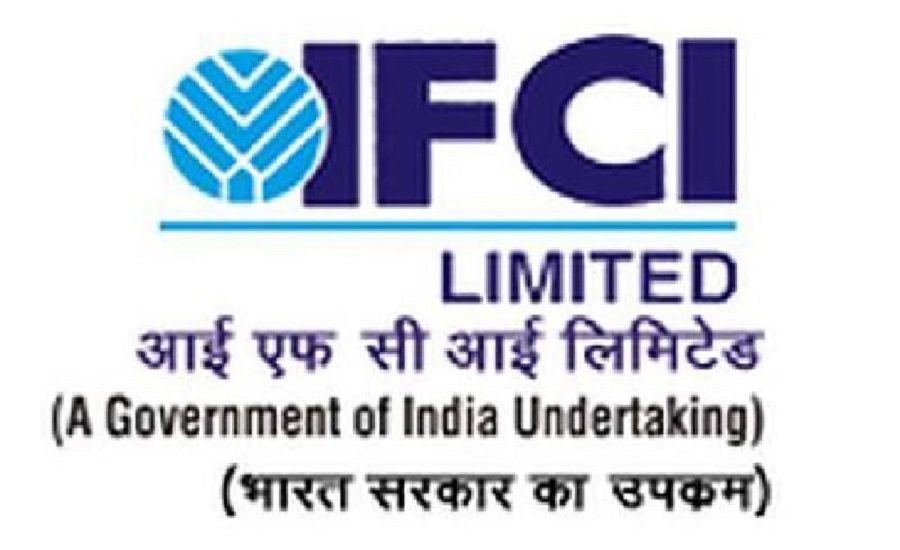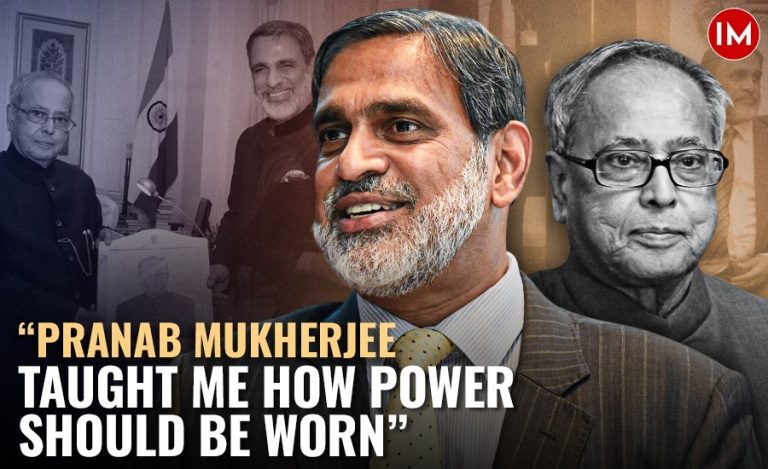New Delhi: In a major development aimed at enhancing financial inclusion, Minister of State for Finance Pankaj Chaudhary on Monday informed the Lok Sabha that most public sector banks (PSBs) have removed minimum balance charges on general savings bank accounts. Others have rationalised such charges as part of board-approved policies.
The move comes as part of a larger shift toward customer-centric and inclusive banking practices, aligning with the Reserve Bank of India’s (RBI) guidelines on Basic Savings Bank Deposit Accounts (BSBDAs), which already carry no minimum balance requirement.
“Most PSBs have removed their minimum balance charges… while some have rationalised, as per their board-approved policy,” said Chaudhary in a written reply.
Jan Dhan, BSBDAs and Free Banking Services
Chaudhary reiterated that under the Pradhan Mantri Jan Dhan Yojana (PMJDY) and BSBDAs, basic banking services such as deposits, withdrawals, ATM usage, and debit card issuance must be offered free of cost.
The government’s push under the Jan Dhan scheme has led to millions of zero-balance accounts, facilitating access to banking services for economically weaker sections.
Strategic Decision by Banks
The removal and rationalisation of minimum balance charges are part of commercial decisions by banks aimed at deposit growth, customer retention, and wider financial access. Banks are leveraging tech-based onboarding methods such as Video KYC, digital KYC, and outreach programs to attract CASA (Current Account and Savings Account) deposits.
Rising Stress in Microfinance Sector, But NBFCs Stay Strong
In response to another question, Chaudhary noted that microfinance sector stress indicators have worsened, with 31–180 days past due (dpd) increasing from 4.3% in September 2024 to 6.2% in March 2025, as per RBI’s Financial Stability Report (FSR) of June 2025.
The banking sector also saw a rise in stress in its microfinance loan book to 6.5% in the same period. However, borrower indebtedness levels are showing a declining trend, a positive sign for long-term sector health.
The increase in delinquencies has been attributed to overleveraging, weakening group structures, and natural calamities, according to SIDBI.
Banking System Resilience Strengthens in FY25
Despite stress in microfinance, the overall banking system resilience has improved, with the Banking Stability Indicator (BSI) strengthening in H2 of FY 2024–25. NBFCs remain well-capitalised, staying above regulatory thresholds.
Reforms and Regulation: Measures Taken
The government has undertaken a series of reforms over the years to improve the overall banking ecosystem. These include:
- Insolvency and Bankruptcy Code (IBC)
- Central Repository of Information on Large Credits (CRILC)
- Resolution of stressed assets
- Governance and EASE reforms
- Amalgamation of PSBs
Digital Payments Boom Continues
India’s digital economy has seen exponential growth, Chaudhary said, citing that digital transactions rose from 2,071 crore in FY 2017–18 to 22,831 crore in FY 2024–25, a CAGR of 41%.
Transaction value jumped from ₹1,962 lakh crore to ₹3,509 lakh crore over the same period.
Monthly digital transactions rose from 1,739 crore (June 2024) to 2,099 crore (June 2025).
UPI transactions recorded 18,587 crore transactions in FY 2024–25, with value growing from ₹1.10 lakh crore in FY18 to ₹261 lakh crore.
July 2025 marked a new milestone with 1,946.79 crore UPI transactions in a single month.



